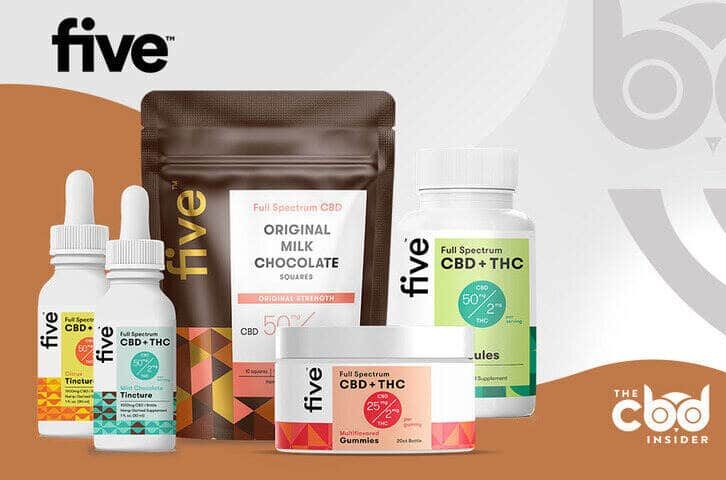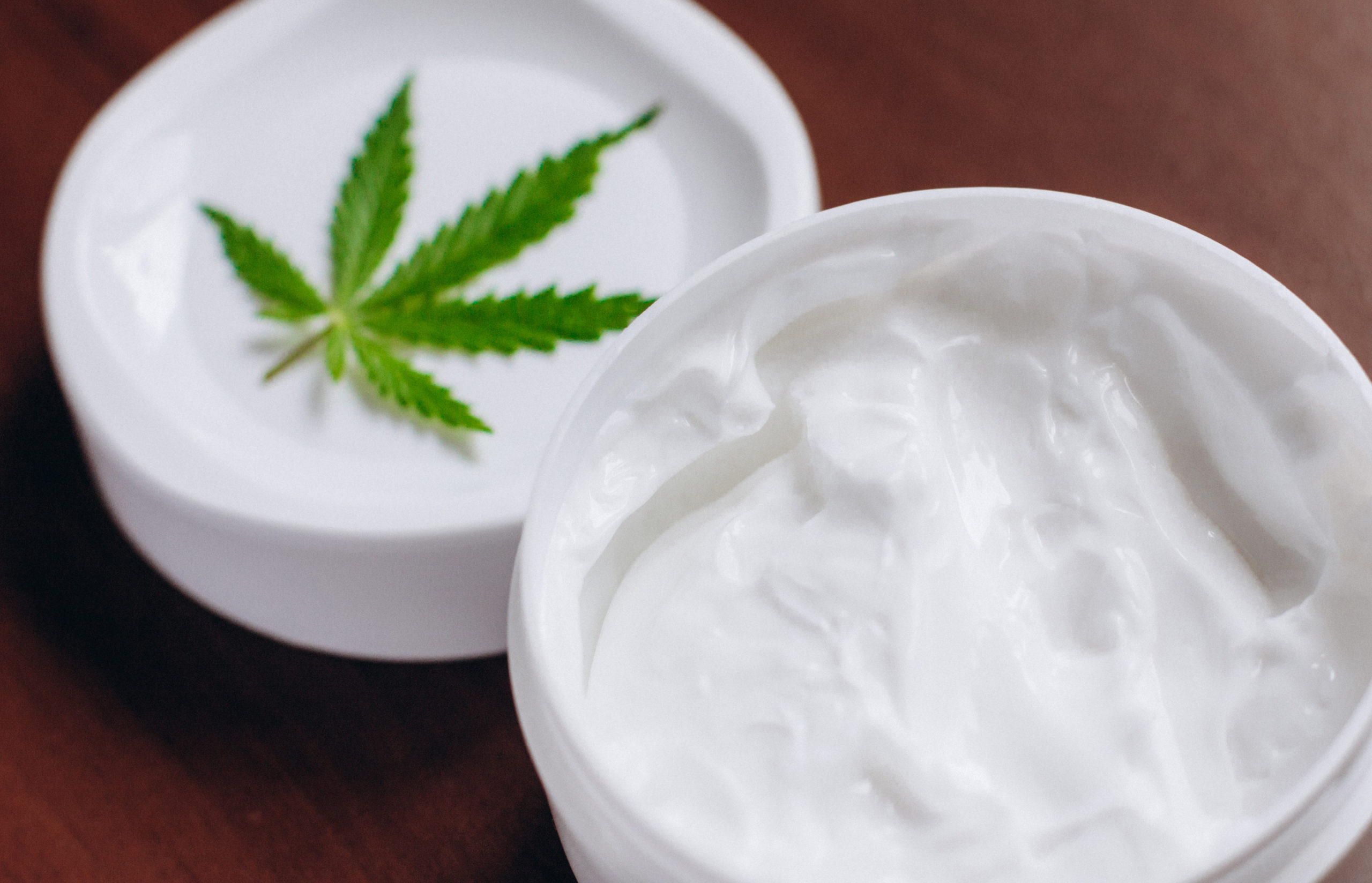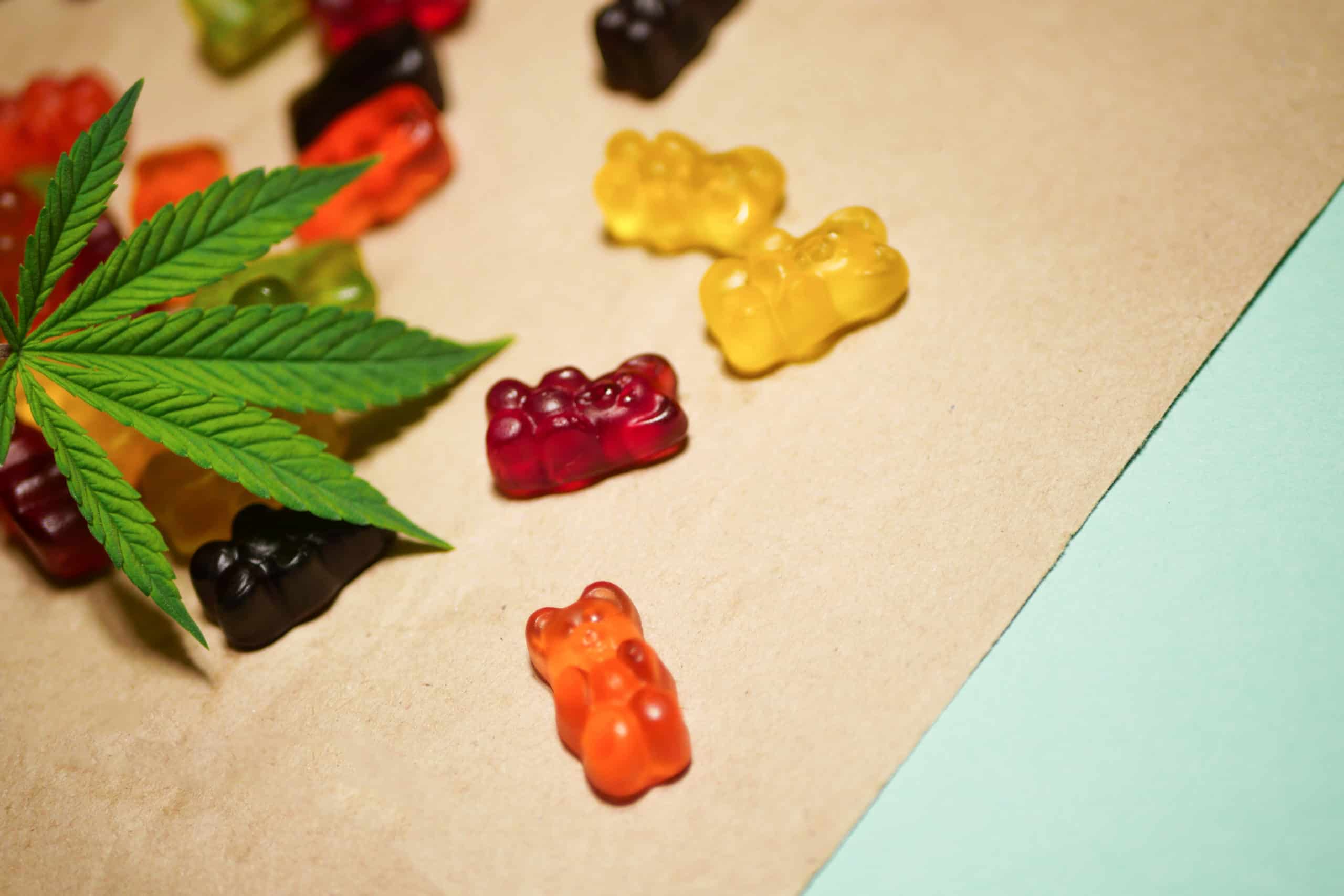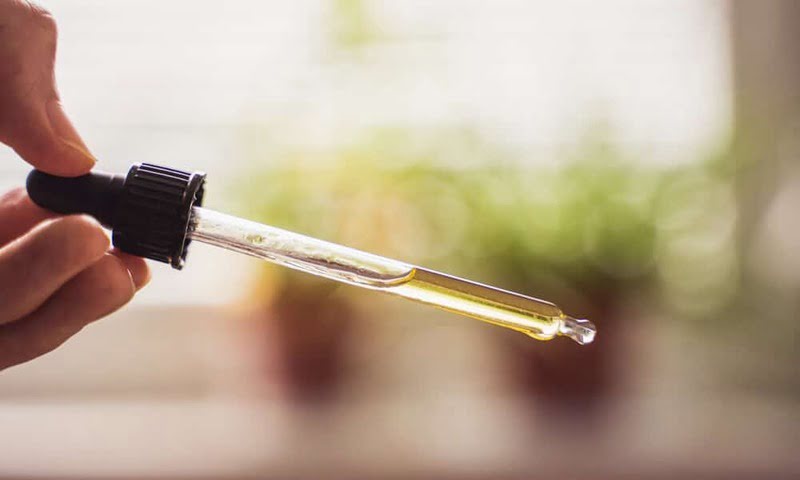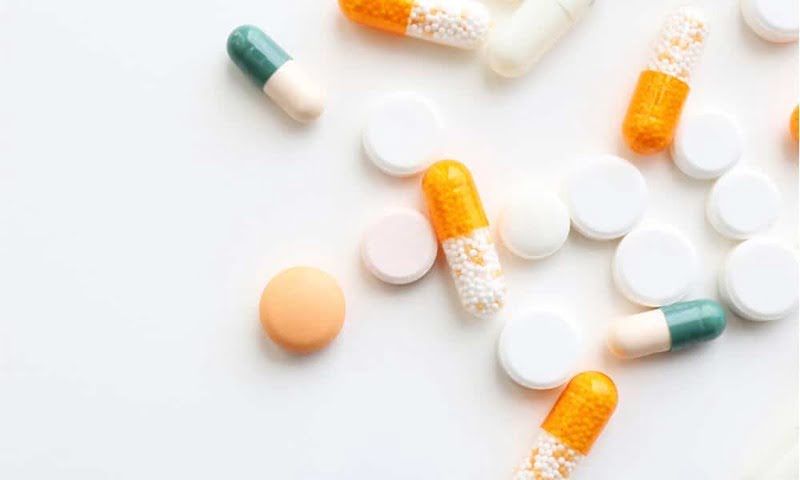-
- Market Research
- |
- CBD Near Me
- |
- Giveaways
- |
- Newsletter
- |
- Contact
- |
- Advertise
- |
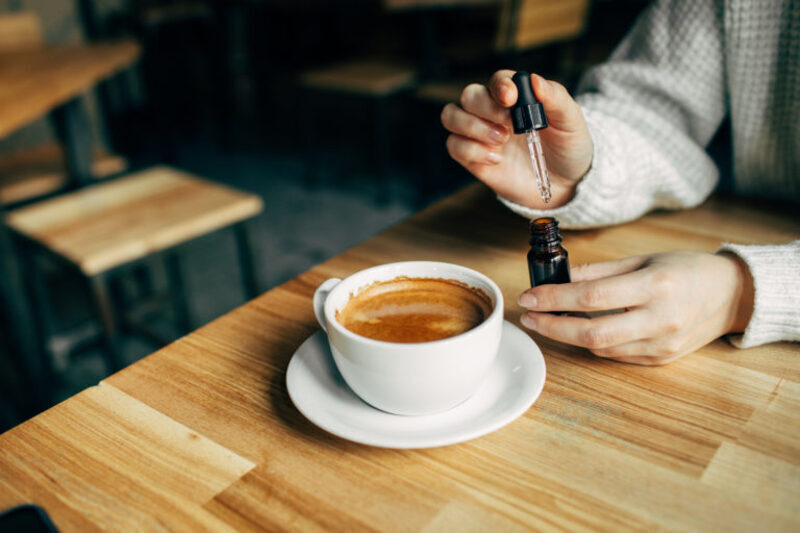
For any health-conscious consumer looking to get the most out of their cannabidiol supplement, personal preference needs to share the stage with several other criteria when it comes to determining how to take CBD oil.
When ingested in different forms, even the exact same CBD oil will show disparities across several important categories, such as the amount absorbed, absorption speed, areas of the body affected, and more.
Personal circumstances can guide your decision as well.
Bodyweight, the condition(s) you’re addressing, and your medical history can also sway the “pharmacokinetics” (how the body processes drugs) of CBD absorption as well as your dosage in either direction.
It may be a little daunting at first glance, but with this simple breakdown of the properties of each CBD ingestion method, complete with how much CBD oil to take and for which conditions, you can take much of the guesswork out of that first dose.
Common and Uncommon Ingestion Methods
A 2018 systematic review on CBD pharmacokinetics by University of Nottingham and Artelo Biosciences (San Diego, CA) authors provides several important insights regarding how to take CBD oil if you’re prioritizing absorption speed, bioavailability, and more.
With the help of this resource, we’ll briefly describe each ingestion method itself, then we’ll get into these “back-end” statistics so you can understand the contexts that are best suited for each method.
Oral Ingestion
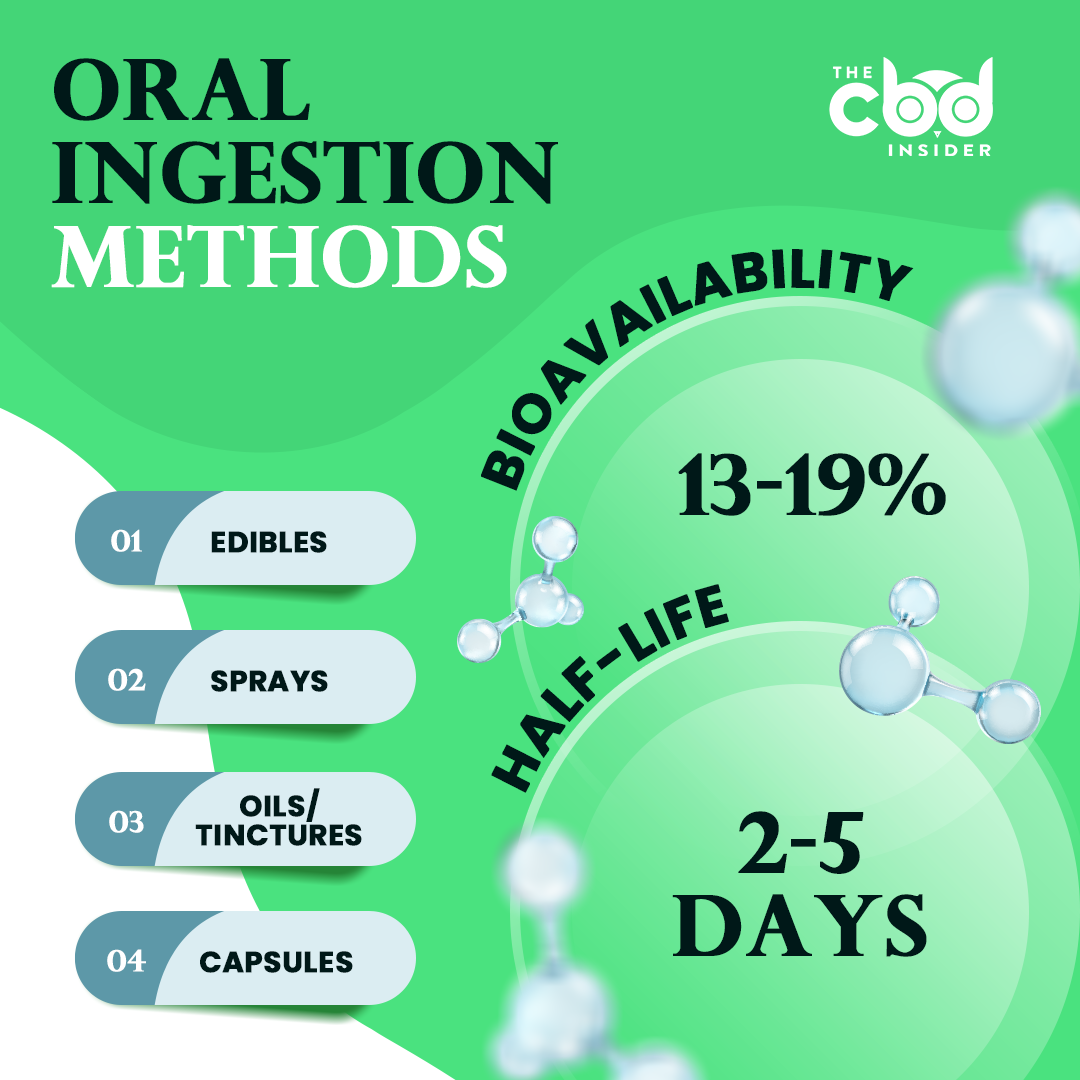
Options abound when it comes to oral CBD products, as this is the most popular ingestion method. Common product types in this category include:
- Oils/tinctures
- Capsules
- Edibles
- Sprays
Depending on the specific type of product, oral CBD supplements can be dropped onto or under the tongue, sprayed into the cheek, and of course, swallowed (with or without chewing).
In every case, the effects are systemic, meaning they affect the entire body after being metabolized by the liver.
This comes with a tradeoff, however.
The bioavailability—or percentage of the product absorbed by the body—of oral CBD products is generally lower than most other forms of the supplement, at 13-19 percent per the study.
Take your CBD supplement with fatty foods and/or apply drops under the tongue, however, and you’ll land on the higher end of this range or even slightly beyond it.
Although oral CBD may not hit as hard or take effect as quickly as inhaled CBD, it has the longest half-life of all administration routes, at 2-5 days for “chronic oral administration” per the study.
Pulmonary Ingestion
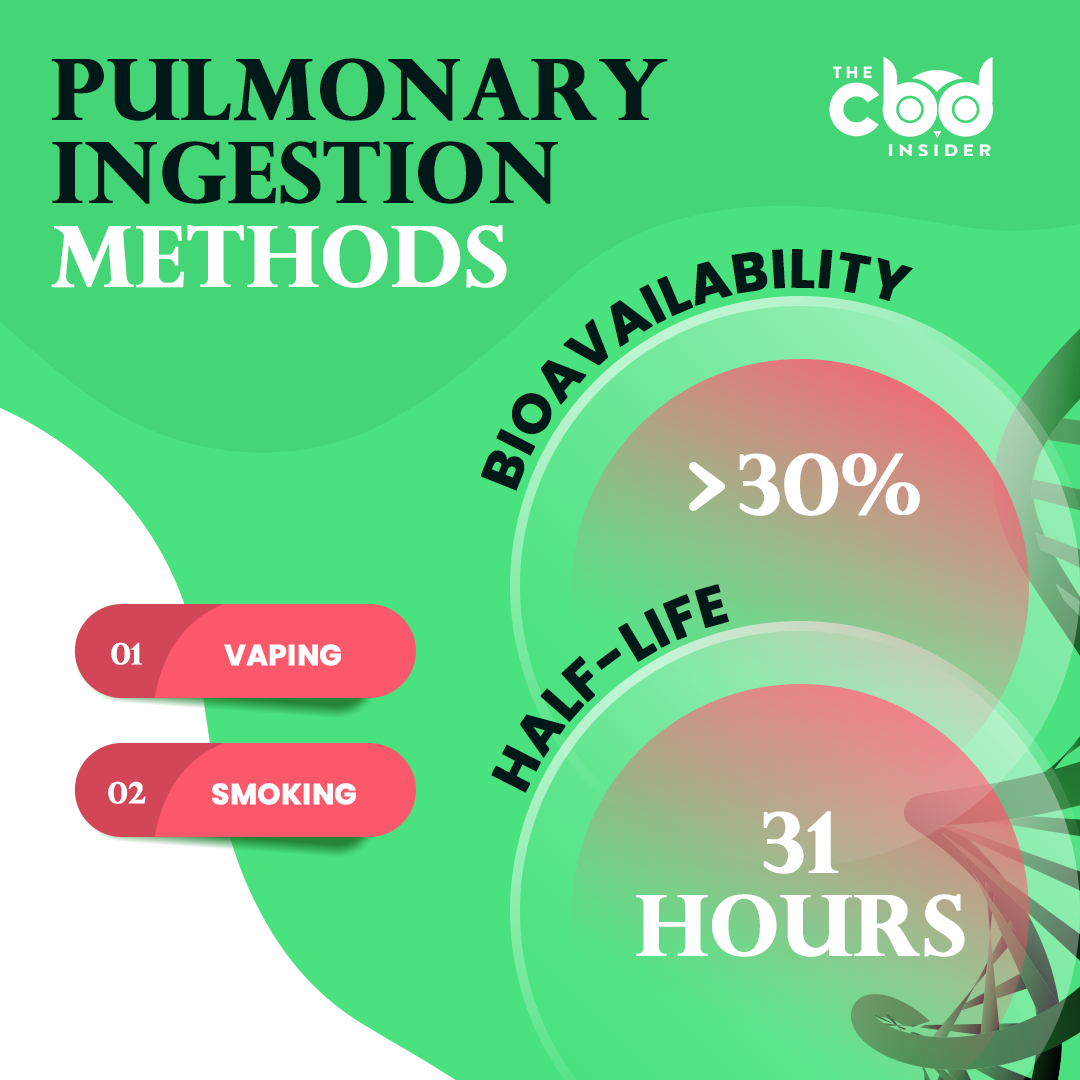
Vaping or smoking high-CBD marijuana or CBD flower increases both absorption rate and potency.
Think of the oral administration route as city driving and pulmonary ingestion as highway driving; the latter will “get you there” much faster.
When you inhale CBD or anything else, you don’t have to wait for the liver to metabolize the substance first. The vapor travels through your bronchial passageways, into the lungs, and passes into the bloodstream just like the air you breathe.
As such, the pulmonary route averages at least 30% for bioavailability, but the half-life is significantly shorter than the oral route, at 31 hours per the University of Nottingham and Artelo Biosciences review.
Like oral ingestion, the pulmonary route allows inhaled substances to impart their effects systemically.
Topical Application
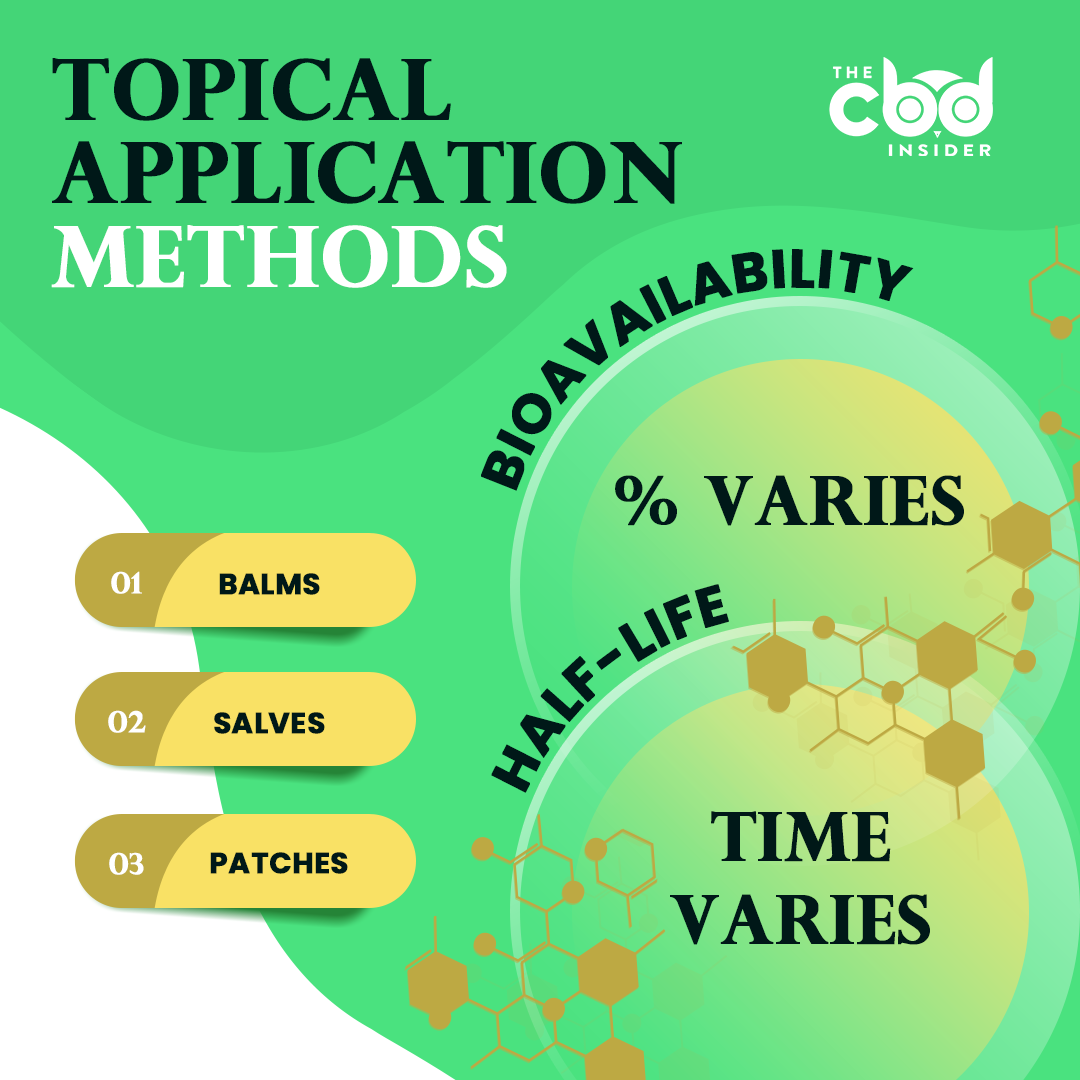
Though it depends on the specific formulation, most topically applied CBD products (i.e., CBD lotions and creams) are not able to penetrate deeply enough to enter the bloodstream—at least not to a clinically significant extent.
Instead, they work directly at the application site, perfusing into the tissue and fighting pain, inflammation, and so on.
Transdermal patches, however, are made to push the CBD (or whatever substance) through the skin and into the systemic circulation.
It’s much harder to express bioavailability as a percentage in the case of topical CBD since it’s so hard to measure just how much CBD is in a dab of lotion, which is why this study by University of Kentucky Pharmaceutical Sciences faculty expressed it in more absolute terms.
Per the study, “The steady-state plasma concentration of CBD in guinea pigs after transdermal application was 6.3 ± 2.1 ng/mL, which was attained at 15.5 ± 11.7 hours.”
Uncommon Methods
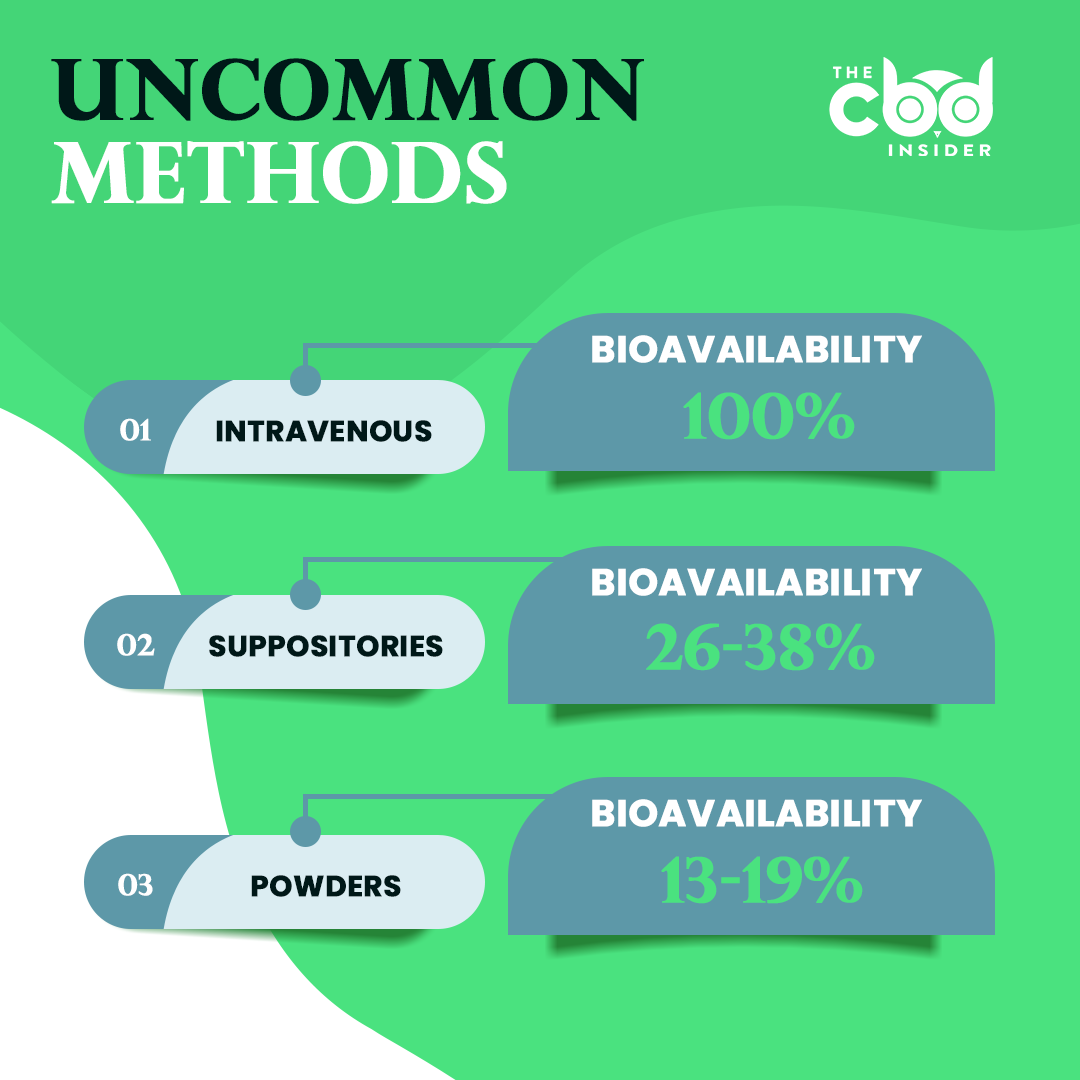
For logistical reasons and out of personal preference, most consumers tend to avoid the following CBD administration routes, though they each come with unique benefits:
- Intravenous
- Suppository
- Powders
Intravenous administration is the gold standard when it comes to bioavailability. Since the CBD is directly injected into the bloodstream, it’s 100% bioavailable in this case.
Suppositories also tend to outperform orally ingested CBD when it comes to bioavailability because much of the substance travels through blood vessels that bypass the liver.
As long as you don’t snort it, CBD powder mimics other orally ingested products when it comes to absorption rate and percentage.
How to Choose Your Ingestion Method
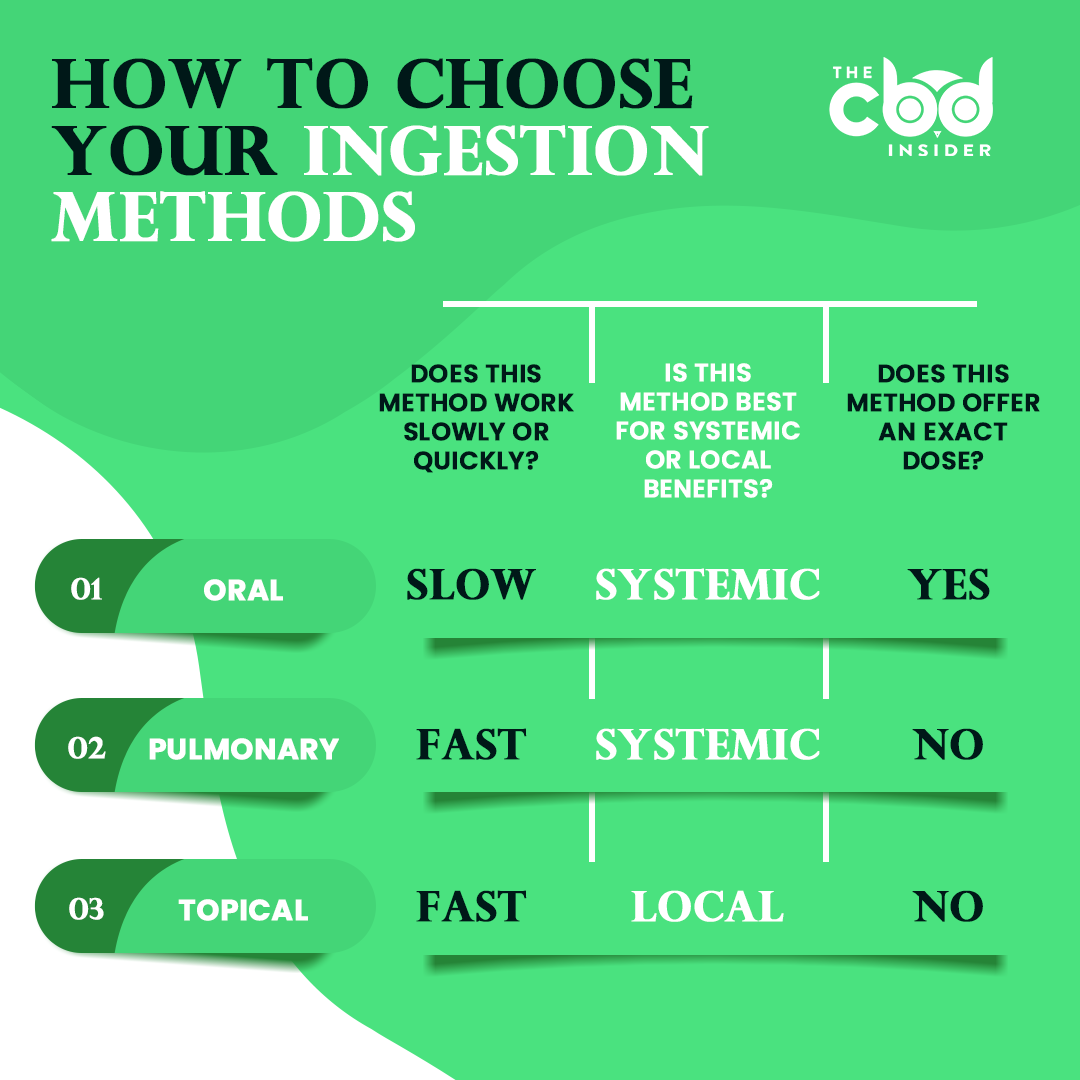
Now that you’ve learned how to take CBD oil in a dozen or more ways, you may find yourself wondering which method is just right for your situation.
We won’t claim to have captured the entire spectrum of CBD users as everyone’s circumstances are unique, but by using the following questions as selection criteria, you can confidently whittle the list down to an actionable number of candidates.
Why am I taking CBD in the first place?
This extensive review, also authored by University of Nottingham and Artelo Biosciences researchers, supplies dozens of examples of CBD being used for anxiety, depression, insomnia, epilepsy, REM sleep disorders, and much more.
However, the current state of the research leaves much to be desired in terms of testing multiple administration methods of the same product for the same condition.
In other words, you can use this resource and others like it to see what form of CBD (and what dose) the researchers used for subjects with your problem. Still, it’s unlikely you’ll find many clinical trials that report on the effectiveness of two different ingestion methods in an easily measurable way.
The nature of your symptoms can still hint at the best ingestion method if you understand bioavailability and half-life, which is why we emphasized these points so much above.
For example, if you are experiencing a singular problem/injury or a sudden flare-up that increases pain sharply, you will want something potent and fast, which points to the pulmonary route.
If you have chronic issues that require more of a “maintenance” approach that will keep your pain well-managed all day, then longer-lasting oral CBD products may be the best way to go.
Is my problem local or systemic?

Once again, leaning on your newfound understanding of how the body absorbs different forms of CBD supplements will help you answer this question.
If you have sore quadriceps after an especially intense workout, but you don’t have pain or irritation anywhere else, then a topical CBD product may benefit you the most.
If you have more generalized pain, anxiety, inflammation, and so on, then oral ingestion may be your method of choice because it covers all the bases.
Do doses have to be exact?
On the one hand, non-intoxicating CBD is impossible to overdose on, but on the other hand, using too much or too little can prevent the supplement from doing its job to the best of its ability.
If you are taking a risk-averse approach to CBD dosing because you feel you may be prone to developing side effects (in this case, nausea and fatigue, to name the most common), there’s nothing wrong with choosing to prioritize easily measurable CBD products.
The best way to do this is to use capsules or gummies, as each product will delineate how much CBD is in each piece.
Tinctures are also fairly reliable in terms of accurate measuring, although they require both math and a keen eye when fractions of a dropper are required.
There’s no use in accurately measuring, however, if you don’t know how much CBD oil to take.
How Much CBD Oil to Take
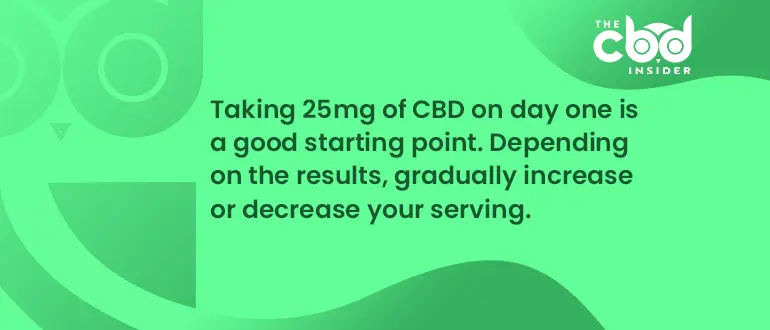
The vast majority of CBD experts agree, and we concur, that the best starting dose is a very small one, like 25 milligrams on your first day.
If you intend to trial multiple routes or switch more permanently from one ingestion method to another, the good news is that you can generally standardize this dose across multiple forms of CBD. For example:
- Gummies: 5 pieces at 5 milligrams each
- Capsules: 1 piece at 25 milligrams
- Oil: a half dropper of a 50 mg/ml oil
- Vape cartridge: sloppier, but you can eyeball a fraction of a 300-500 mg cartridge
Other methods are harder to measure, but the point is that there’s no need to overhaul your entire dosing methodology just because you’re switching ingestion methods.
If you already use CBD, you know how much CBD oil to take to establish your desired effects.
That said, it’s wiser to use smaller starting doses if you’re starting with an inhaled CBD product since the effects will appear quickly and potently.
Another extenuating circumstance involves timing your use to best suit your underlying condition.
For example, if you’re taking CBD for sleep, you may benefit more from a more massive dose of orally ingested (longer-lasting, remember?) CBD taken in the evening than from doses spaced throughout the day.
As always, it’s best to give your dose the time it needs to reap its effects, gauge the results, repeat a few times if it’s safe and comfortable to do so, and then make your incremental adjustments in either direction.


